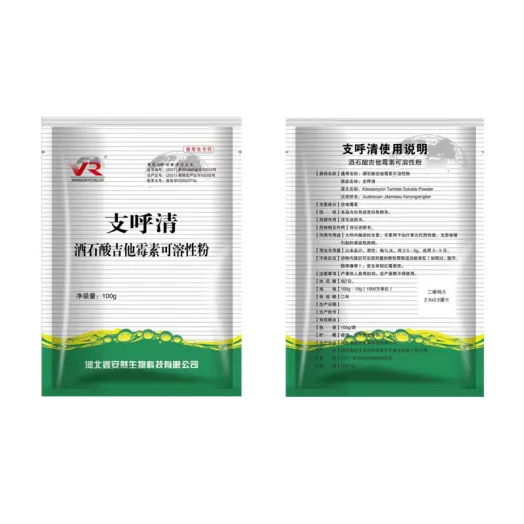- Afrikaans
- Albanian
- Amharic
- Arabic
- Armenian
- Azerbaijani
- Basque
- Belarusian
- Bengali
- Bosnian
- Bulgarian
- Catalan
- Cebuano
- Corsican
- Croatian
- Czech
- Danish
- Dutch
- English
- Esperanto
- Estonian
- Finnish
- French
- Frisian
- Galician
- Georgian
- German
- Greek
- Gujarati
- Haitian Creole
- hausa
- hawaiian
- Hebrew
- Hindi
- Miao
- Hungarian
- Icelandic
- igbo
- Indonesian
- irish
- Italian
- Japanese
- Javanese
- Kannada
- kazakh
- Khmer
- Rwandese
- Korean
- Kurdish
- Kyrgyz
- Lao
- Latin
- Latvian
- Lithuanian
- Luxembourgish
- Macedonian
- Malgashi
- Malay
- Malayalam
- Maltese
- Maori
- Marathi
- Mongolian
- Myanmar
- Nepali
- Norwegian
- Norwegian
- Occitan
- Pashto
- Persian
- Polish
- Portuguese
- Punjabi
- Romanian
- Russian
- Samoan
- Scottish Gaelic
- Serbian
- Sesotho
- Shona
- Sindhi
- Sinhala
- Slovak
- Slovenian
- Somali
- Spanish
- Sundanese
- Swahili
- Swedish
- Tagalog
- Tajik
- Tamil
- Tatar
- Telugu
- Thai
- Turkish
- Turkmen
- Ukrainian
- Urdu
- Uighur
- Uzbek
- Vietnamese
- Welsh
- Bantu
- Yiddish
- Yoruba
- Zulu
វិច្ឆិកា . 09, 2024 13:02 Back to list
Use of Enrofloxacin Injection in Veterinary Medicine for Animal Treatment
Enrofloxacin Injection in Veterinary Use An Overview
Enrofloxacin is a broad-spectrum fluoroquinolone antibiotic widely utilized in veterinary medicine. Due to its efficacy against a variety of bacterial infections, both in small and large animals, it has become a pivotal component of treatment regimens in veterinary practice. Understanding its mechanism of action, indications, dosage, side effects, and regulatory considerations is essential for veterinarians and pet owners alike.
Mechanism of Action
Enrofloxacin works by inhibiting bacterial DNA gyrase and topoisomerase IV, enzymes critical for DNA replication and repair. By disrupting these processes, enrofloxacin effectively halts the growth and reproduction of susceptible bacteria. This mechanism of action makes it particularly effective against a range of Gram-negative and some Gram-positive bacteria, such as Escherichia coli, Pasteurella, and Staphylococcus.
Indications for Use
Enrofloxacin is utilized in treating various bacterial infections in animals, including respiratory infections, urinary tract infections, skin infections, and gastroenteritis. For instance, it is commonly prescribed for dogs suffering from bacterial pneumonia or pyoderma, as well as in cattle for treating bovine respiratory disease. Furthermore, its potent activity against pathogens makes it an important option when conventional antibiotics fail, particularly in cases involving resistant bacterial strains.
In addition to routine usage, enrofloxacin can also be employed in treating specific conditions such as sepsis and other severe infections
. Its broad-spectrum activity allows veterinarians to use it as a first-line treatment while awaiting culture and sensitivity results to guide more targeted therapy.Dosage and Administration
Enrofloxacin is available in various forms, including oral tablets, injectable solutions, and feed additives. The injectable form is particularly advantageous for critically ill animals or those that cannot consume oral medications. Dosage can vary based on the animal type, condition being treated, and severity of the infection, with typical doses ranging from 2.5 to 20 mg/kg in dogs and 5 to 10 mg/kg in cattle.
enrofloxacin injection veterinary use

The injection is usually administered subcutaneously or intravenously, and it is crucial for practitioners to follow established protocols to avoid adverse effects. The duration of treatment typically spans from several days to a couple of weeks, ensuring that the full course is completed to minimize the risk of developing antibiotic-resistant bacteria.
Side Effects
While enrofloxacin is generally well-tolerated, potential side effects must be considered. Common adverse reactions include gastrointestinal upset, such as vomiting and diarrhea. In rare cases, it may cause more serious neurological effects, particularly in specific breeds of dogs, such as working and giant breeds, leading to seizures or abnormal behavior. Attention to hydration status and supportive care may be necessary during treatment, especially in cases where gastrointestinal issues arise.
Another safety concern pertains to its effect on cartilage development in young animals. Enrofloxacin should generally be avoided in growing dogs and certain other species as it may interfere with normal skeletal development. Consequently, veterinarians must weigh the benefits against potential risks when prescribing enrofloxacin to young or developing animals.
Regulatory Considerations
The use of enrofloxacin in food-producing animals is subject to stringent regulations to ensure food safety and minimize antibiotic resistance. In many countries, specific withdrawal times are prescribed, requiring that livestock receive the drug in sufficient time before slaughter to allow for the complete elimination of any drug residues from their systems. Adhering to these guidelines is critical for maintaining the safety of the food supply and upholding public health standards.
Conclusion
Enrofloxacin injection is a powerful tool in veterinary medicine, offering effective management of bacterial infections in a range of animal species. Its robust action against various pathogens makes it invaluable, especially in severe cases where other treatments may fail. However, due diligence regarding dosing protocols, potential side effects, and regulatory compliance is essential to ensure the safe and effective use of this antibiotic. As with any antibiotic treatment, prudent use is vital to combat the broader issue of antibiotic resistance, promoting responsible stewardship in veterinary practice for the well-being of animals and humans alike.
-
Guide to Oxytetracycline Injection
NewsMar.27,2025
-
Guide to Colistin Sulphate
NewsMar.27,2025
-
Gentamicin Sulfate: Uses, Price, And Key Information
NewsMar.27,2025
-
Enrofloxacin Injection: Uses, Price, And Supplier Information
NewsMar.27,2025
-
Dexamethasone Sodium Phosphate Injection: Uses, Price, And Key Information
NewsMar.27,2025
-
Albendazole Tablet: Uses, Dosage, Cost, And Key Information
NewsMar.27,2025













